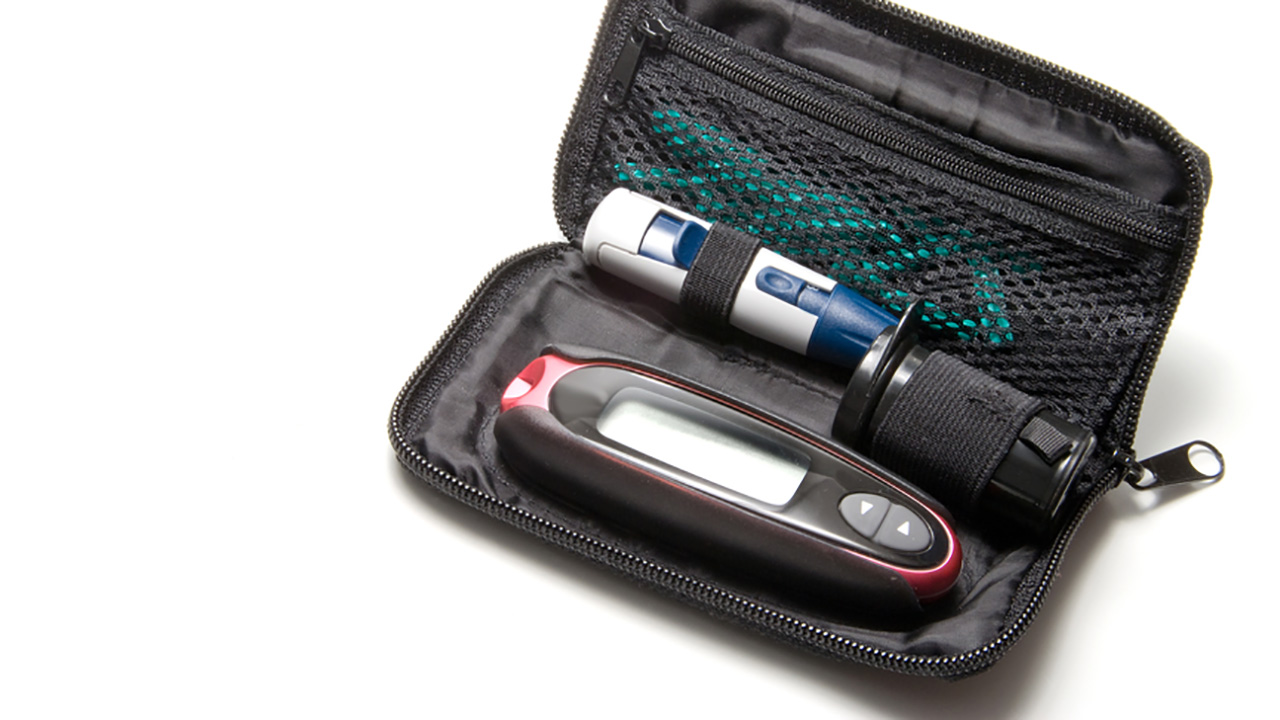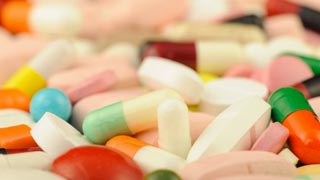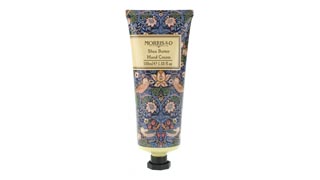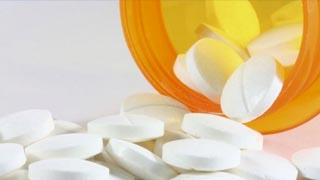Top ten tips to eating well with diabetes
It’s not always easy to eat well when you have diabetes, but here are our top tips to help you maintain a healthy diet and lifestyle.
-
Eat regularly and often
One of the most important rules is to eat regularly, so don’t skip meals and remember breakfast is the most important meal of the day. So, after a night of fasting, make sure you start the day off with a healthy breakfast, in order to get your metabolism firing.
As far as possible, try to space meals evenly throughout the day. If there is a possibility that you may miss a meal, such as going on a long journey, or having a day out, take a small meal with you as back up, such as a salad or a sandwich.
We all need to stay hydrated, ideally by drinking 8–10 glasses of fluid per day. Water is by far the best, but milk, tea and coffee, herbal teas work, as well as do juicy fruits, such as oranges.
Always carry a small bottle of water with you when you are out and about, especially in the summer when dehydration tends to be more of an issue.
Sugary drinks should be avoided as much as possible but you don’t have to be cut out all together. Hot drinks should ideally be drunk without sugar or with artificial sweeteners
-
Control your portion sizes
It is very easy to eat too much and many older people are of a generation that always makes sure they leave a clean plate no matter how much food is on it. Portion size is a very important issue in supporting healthy eating for diabetics, as weight control is very important.
Some ideas to help with portion sizes are:
- Drink plenty of water with your meal to fill you up, so you will be less tempted to take second helpings
- If you use smaller plates, so it is difficult to put too much food on them
- Put healthy vegetables on the plate first when you have a main meal, as this will fill the plate up and leave less room for the fattier stuff. It will fill you up better as well.
-
Be careful with fats
Fats are essential to a healthy diet and everybody needs them, but there are good and bad fats.
Saturated fats are the ones which should be avoided and although many food manufacturers have cut down on saturated fats in their foods, they are still found in lots of everyday foods, such as cakes, processed meats, butter, and cheese, so check the ingredients when shopping for your food.
-
Be careful with carbohydrates
Carbohydrates are an important part of any diet. Healthier wholegrain starchy foods, fruits and vegetables, pulses and some dairy foods are all good sources of carbs. But as all carbs affects blood glucose levels, as a diabetic, you will need to be particularly conscious of the amounts you eat to control; your blood sugar levels. If you need specific guidance on the type and amount of you should be eating, speak to your GP or dietician
-
Be careful with salt
Too much salt contributes to high blood pressure and this can cause complications for diabetics in particular, so should be avoided.
As people age, their sense of taste diminishes and so they will often add more salt to their meals when cooking and at the table. Removing the salt cellar from your table can be a very simple way to help reduce salt intake, as will adding herbs and spices instead.
Processed foods are often laced with salt to add flavour, so check the labels before you buy to see how much salt they contain. Adults should not have more than 1 teaspoon (6g) of salt per day,
Cooking from fresh ingredients will help keep salt levels low and reduce the risk of high blood pressure.
-
Eat fish
Try to include fish in your diet as much as possible, as it is an excellent form of protein. It doesn’t matter if it is fresh, frozen or canned…. it still is good for you as long as there is no added salt.
Fish fried in batter is best avoided, but you can always just pick out the fish inside and leave the batter.
Oily fish, such as mackeral and salmon are rich in omega 3 which is said to protect the heart and help with the brain power, so stocking up the larder with cans of oily fish is a good idea as they easy to serve soft to eat and very healthy especially for older people with diabetes
8. Eat your five portions of fruit and veg a day
Eating 5 portions of fruit or veg a day is really crucial for a good diet, in order to get the range of vitamins, minerals and fibre needed.
For an older person, sometimes the best way to eat their five a day can be by drinking it! There are many types of machines available which can liquidise fruit and veg into tasty drinks for an older person and these can even made in batches and frozen just be careful about how much salt and sugar is contained in the fruits or added. We have some great suggestions HERE
Choosing seasonal produce will help to keep down costs too.
-
Sugar
Some sugar can be eaten, but really only in moderation. It is best to consider something sugary as an occasional indulgent treat. Artificial sweeteners should be used when sweetening food and drinks whenever possible.
-
Avoid ‘diabetic’ foods
It is very tempting to buy foods labelled as ‘diabetic’, but they really don’t offer any real benefit to diabetics and indeed may do harm, as they may still affect blood glucose levels. They are often expensive and contain as much fat and calories as ordinary versions, Once again, fresh unprocessed items are always going to be healthier
If in any doubt, see a dietician
myageingparent has the following helpful articles:
Helping an elderly parent with diabetes
Type 1 diabetes/complications for the elderly












